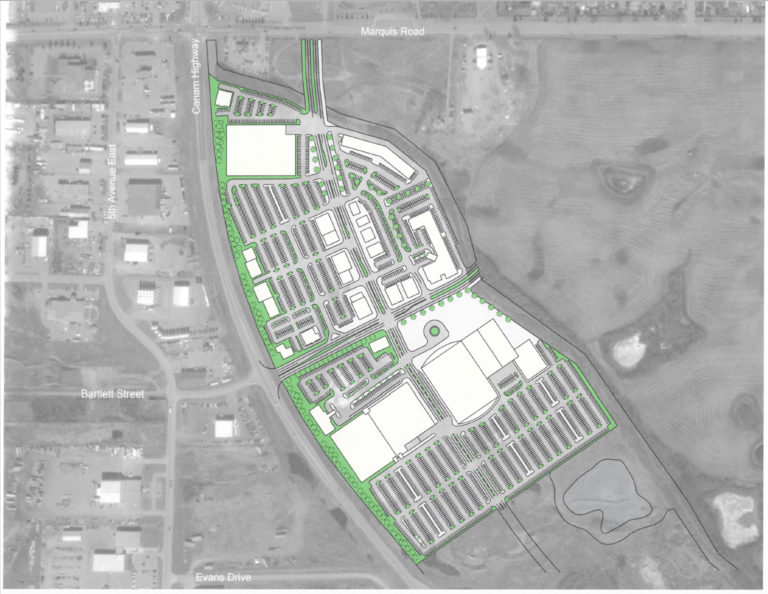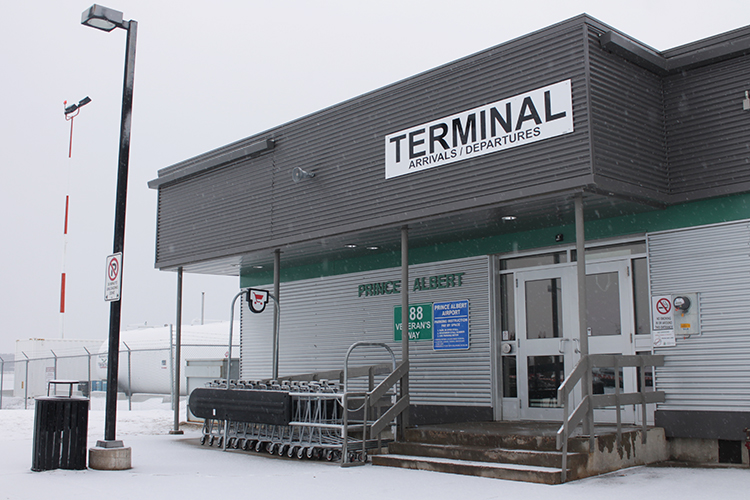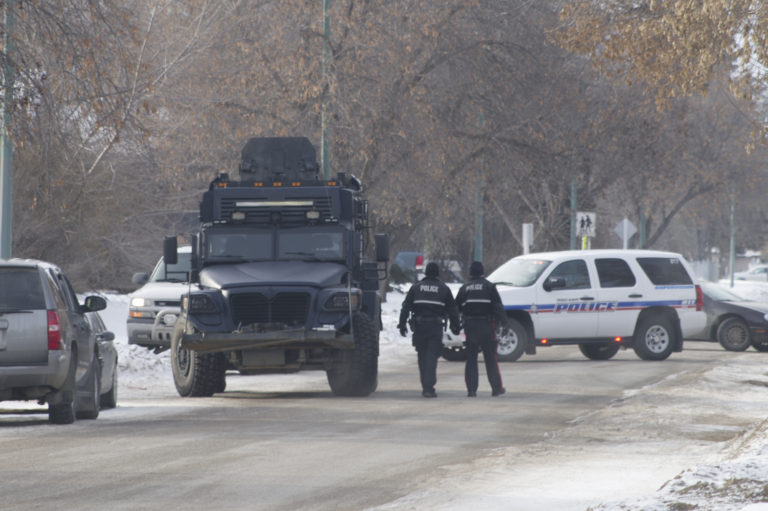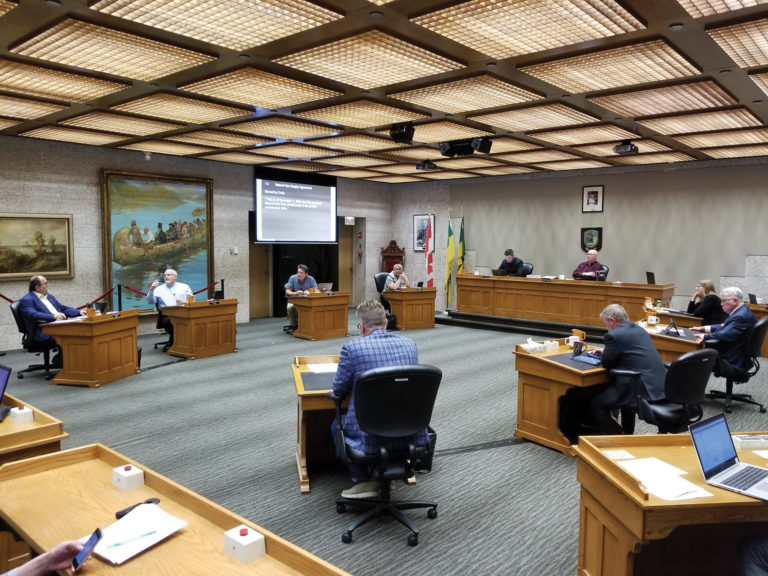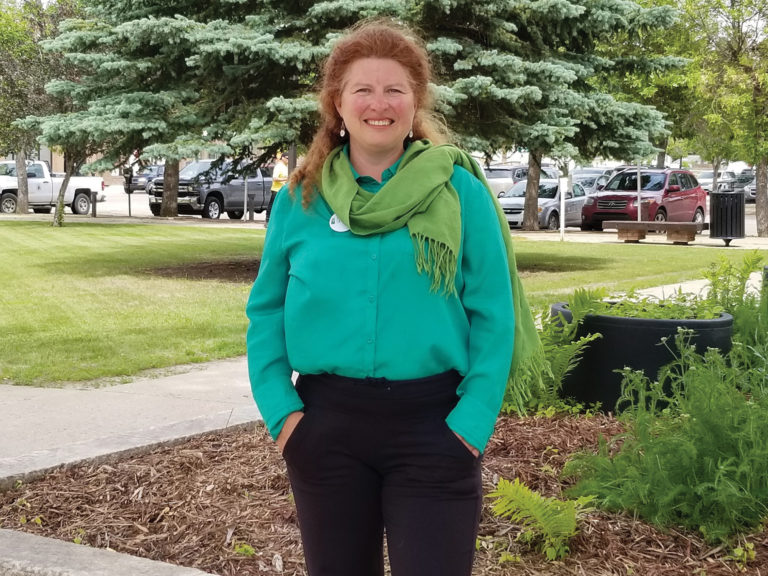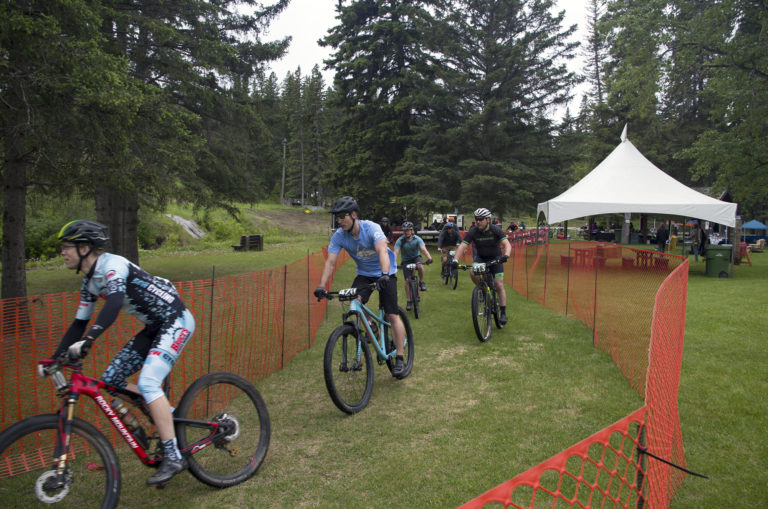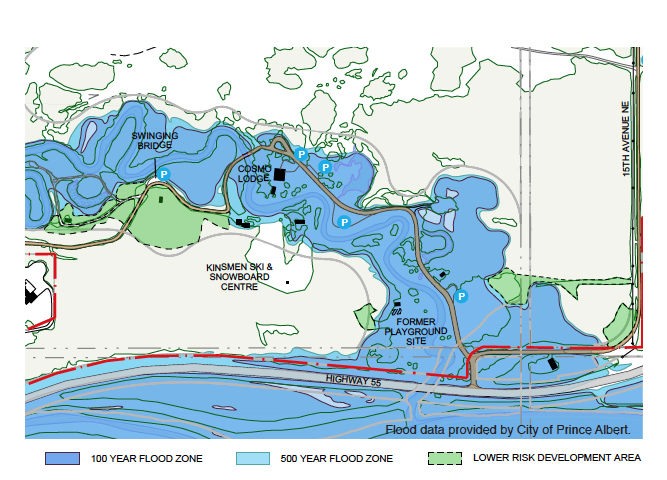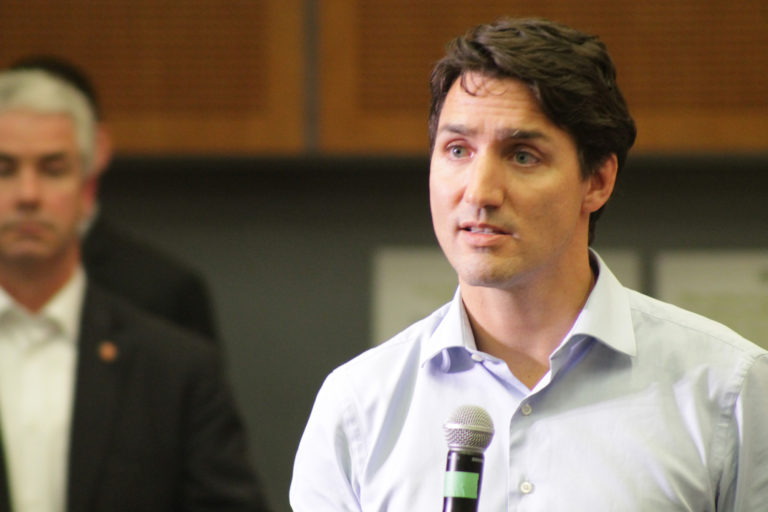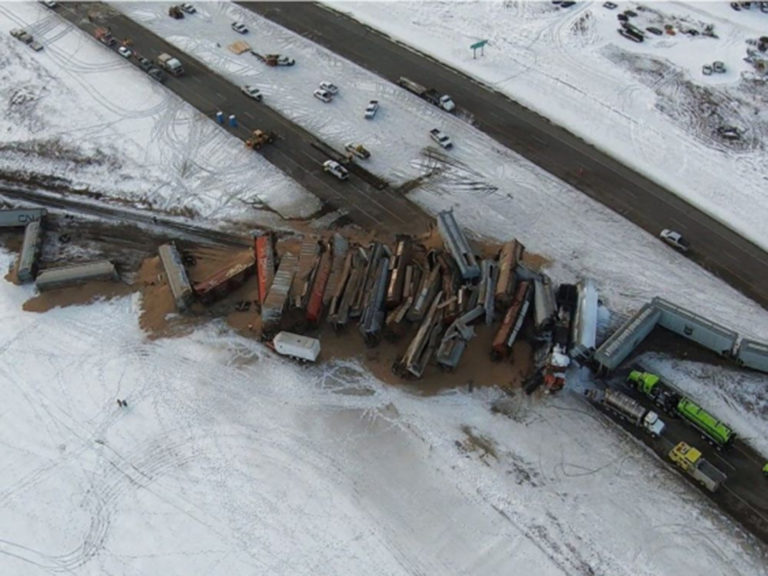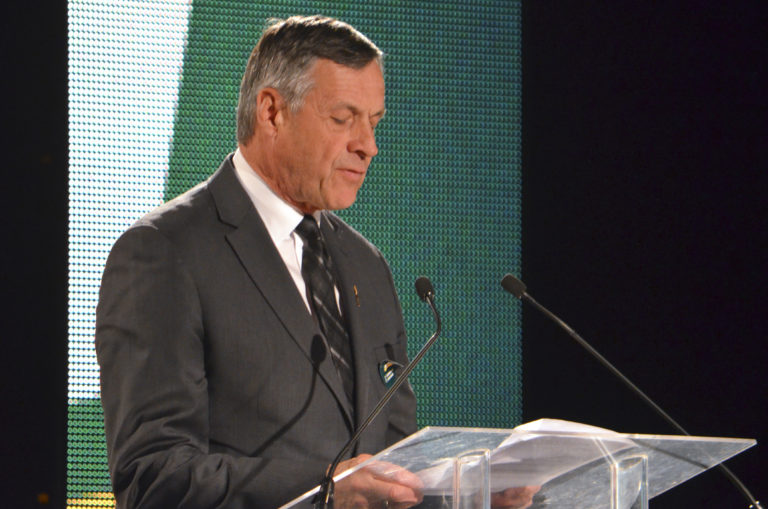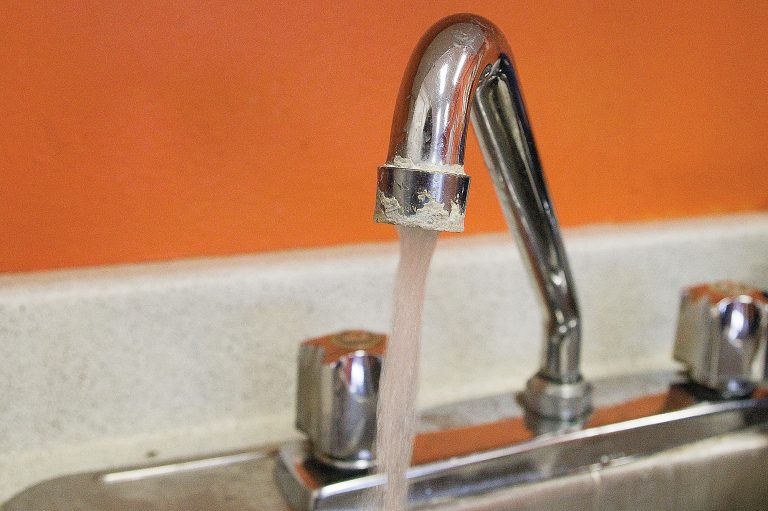Signature Development Corporation released more details about an 80-acre development in Prince Albert’s southeast corner on Friday.
The company revealed a tentative site plan which includes more than 200,000 square feet of commercial space for at least 30 new businesses. The site also includes space for the City of Prince Albert’s new $60-milllion aquatic and arenas recreation centre.
Signature Development president Gord Broda said the development drawings represent the company’s concept plan, but emphasized there may be minor changes in the coming months.
“It’s a vision,” Broda said during an interview on Friday. “Some of that will change a little bit … as you populate the different areas. It’s an ambitious plan, but an exciting plan, and we’re looking forward to working with the community and the City to make it happen.”
Broda said they’re already in talks with hotel and restaurant operators about building in the area. The industry has faced a severe economic downturn due to COVID-19. Surveys by not-for-profit industry advocacy group Restaurants Canada say one-in-10 restaurants, fast-food outlets, pubs and taverns have closed permanently since the start of the pandemic.
While there are obvious short-term challenges ahead, Broda said he’s confident there will still be restaurants and hotels eager to build in the area.
“Like all developers, yes, of course you’re a little nervous,” Broda said. “There’s a fairly long lead time for the build out, but the concerns from the people that we’ve been speaking with seem to be short-term. There’s still a lot of positive thinking for the long-term. That’s what’s encouraging from our standpoint.”
Broda added that they hoped to help kick-start Prince Albert’s economy by working with local contractors and businesses to develop the area.
Signature Developments is a locally owned development company, whose parent ownership group is made up of the Broda, Burkosy and Clunie families. The press release said all three are long-term Prince Albert residents and supporters of the city.
The company first bought the 80-acre land in 2013, with the goal of developing it into Prince Albert’s premier entertainment district.
“The integrated design, along with the close proximity to Prime Minister’s Park, will provide residents and visitors with a one-stop destination for year round sports and entertainment activities,” reads the press release. “With room for growth, access to the city’s current underground utilities and the ability to connect walking paths directly to the Rotary Trail, the location is ideal for this type of development. Considerable planning, work and design has gone into this concept to ensure the development will complement the amenities already present in the City of Prince Albert.”
Broda added that the provincial government’s new $300-million hospital development, and the opening of the new U of S campus, will help attract more professionals to the city, and create the need for a new entertainment district.
The location of the 80-acre development was a hot topic when city council debated purchasing 18-acres of the property on June 29. Although the motion passed by a 5-4 margin, several councillors expressed concerns with the property’s location, arguing that other sites should have been considered for the new recreation centre.
When asked why he believes the southeast corner of the city is a good location to start building, Broda said their research showed it was the only parcel of land in the city big enough to fit their vision of a premier entertainment district.
“With what the City’s initiatives are, (and) to complement that with some hotels and restaurants and even some retail, you need a large block of land,” Broda explained. “You need a large parcel of land to accommodate all of that, and that’s why, I think, the location is ideal.
“I know there have been some other suggested location around the city. I fully respect all of those suggestions, but I think that’s the fundamental difference—this parcel can accommodate the significant development that we have in mind.”

